Human TNF-β/Lymphotoxin-α ELISA Kit
$299.00 – $419.00
ELISA Kit Detail Information
| Related Target | |
|---|---|
| Species | human |
| Sample Type | Serum, plasma, cell culture supernatant, and other biological samples |
| Sample Volume | 10 μL |
| Sensitivity | 2.02 pg/mL |
| Array Range | 62.5 pg/mL – 4000 pg/mL |
| Assay Time | 3.5 h |
| Recovery | 87% – 113% |
| Average Recovery | 102% |
| Intra Precision | 3.0% – 6.2% |
| Inter Precision | 3.5% – 4.7% |
| Plate | Detachable 96-well plate |
| Storage | If the reagent kit is unopened, it should be stored at 4℃. However, if it has been opened, the standard solution should be stored at -20℃, while the other components should be stored at 4℃. |
| Delivery | 4℃ blue ice transportation |
| Components | 96-well polystyrene enzyme-linked immunosorbent assay (ELISA) plate coated with anti-TNF-β/Lymphotoxin-α monoclonal antibody Human TNF-β/Lymphotoxin-α freeze-dried standard TNF-β/Lymphotoxin-α detect Antibody Standard Diluent Assay Buffer(10×) Substrate TMB Stop Solution Washing Buffer(20×) Sealing Film |
| Assay Principle | This kit utilizes the double antibody sandwich enzyme-linked immunosorbent assay (ELISA) detection technique.Specific anti-human TNF-β antibodies are precoated on a high-affinity ELISA plate. Standard samples, test samples, and biotinylated detection antibodies are added to the wells of the ELISA plate. After incubation, TNF-β present in the samples binds to the solid-phase antibodies and the detection antibodies. After washing to remove unbound substances, streptavidin-HRP labeled with horseradish peroxidase is added. After washing, a colorimetric substrate, TMB, is added and the plate is incubated in the dark for color development. The intensity of the color reaction is directly proportional to the concentration of TNF-β in the samples.A stop solution is added to terminate the reaction, and the absorbance value is measured at a wavelength of 450 nm (with a reference wavelength range of 570-630 nm). |
Related Targets
LTA
LTA Target Infomation Overview
- Target Symbol: LTA, lymphotoxin alpha
- Gene Groups: Tumor necrosis factor superfamily
- Alias: TNFSF1; LT
- Previous Names: TNFB
- Alias Names: TNF superfamily member 1; lymphotoxin alpha (TNF superfamily, member 1)
LTA, lymphotoxin alpha Target Infomation by Species
- Human
- Mouse
- Rat
Human LTA Target Information
- Target Symbol: LTA, lymphotoxin alpha
- Alias:
- CDF
- cholinergic differentiation factor
- D factor
- DIA
- differentiation inhibitory activity
- differentiation stimulating factor
- differentiation-inducing factor
- differentiation-stimulating factor
- hepatocyte-stimulating factor III
- HILDA
- human interleukin in DA cells
- leukemia inhibitory factor
- LIF, interleukin 6 family cytokine
- melanoma-derived LPL inhibitor
- MLPLI
- NCBI_Gene: 4049
- UniProtKB: P01374
Human LTA Predicted Functions
Enables cytokine activity; growth factor activity; and leukemia inhibitory factor receptor binding activity. Involved in several processes, including leukemia inhibitory factor signaling pathway; positive regulation of protein modification process; and regulation of epithelial cell differentiation involved in kidney development. Acts upstream of or within several processes, including positive regulation of MAPK cascade; positive regulation of macrophage differentiation; and positive regulation of protein phosphorylation. Located in cytosol.
Mouse Lta Target Information
- Target Symbol: Lta, lymphotoxin A
- Alias:
- heart, lung and blood 382
- hlb382
- LT
- LT-[a]
- LT-alpha
- LT[a]
- LTalpha
- Ltx
- lymphotoxin
- lymphotoxin alpha
- TNF beta
- TNF-beta
- Tnfb
- Tnfsf1b
- tumor necrosis factor beta
- NCBI_Gene: 16992
Mouse Lta Predicted Functions
Predicted to enable tumor necrosis factor receptor binding activity. Acts upstream of or within several processes, including lymph node development; positive regulation of immune response; and positive regulation of interferon-gamma production. Predicted to be located in extracellular space. Is expressed in several structures, including extraembryonic component; gut; hemolymphoid system; liver; and reproductive system. Human ortholog(s) of this gene implicated in several diseases, including artery disease (multiple); autoimmune disease (multiple); glucose metabolism disease (multiple); leishmaniasis (multiple); and lung disease (multiple). Orthologous to human LTA (lymphotoxin alpha).
Rat Lta Target Information
- Target Symbol: Lta, lymphotoxin alpha
- Alias:
- LOC103690381
- LT-alpha
- lymphotoxin A
- Lymphotoxin alpha (formerly tumor necrosis factor beta)
- Lymphotoxin alpha (formerly tumor necrosis factor, beta)
- lymphotoxin alpha (TNF superfamily, member 1)
- lymphotoxin-alpha
- lymphotoxin-alpha-like
- TNF-beta
- Tnfb
- tumor necrosis factor beta
- tumor necrosis factor ligand superfamily member 1
- NCBI_Gene: 25008
- UniProtKB: Q06332
Rat Lta Predicted Functions
Predicted to enable cytokine activity and tumor necrosis factor receptor binding activity. Involved in several processes, including negative regulation of fibroblast proliferation; positive regulation of glial cell proliferation; and response to lipopolysaccharide. Located in extracellular space. Biomarker of cystitis. Human ortholog(s) of this gene implicated in several diseases, including artery disease (multiple); autoimmune disease (multiple); glucose metabolism disease (multiple); leishmaniasis (multiple); and lung disease (multiple). Orthologous to human LTA (lymphotoxin alpha).

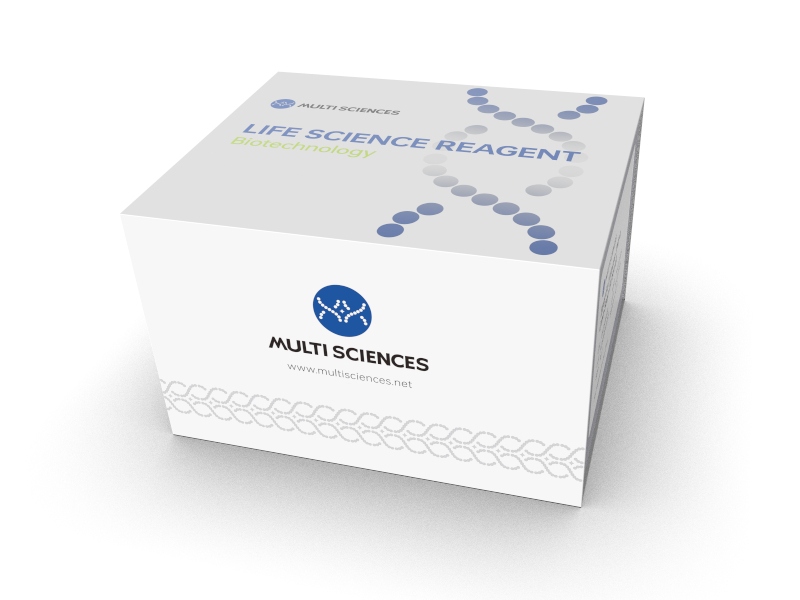
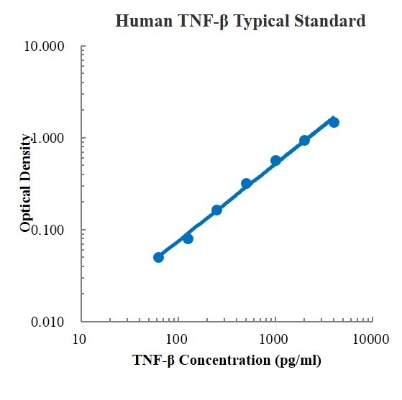
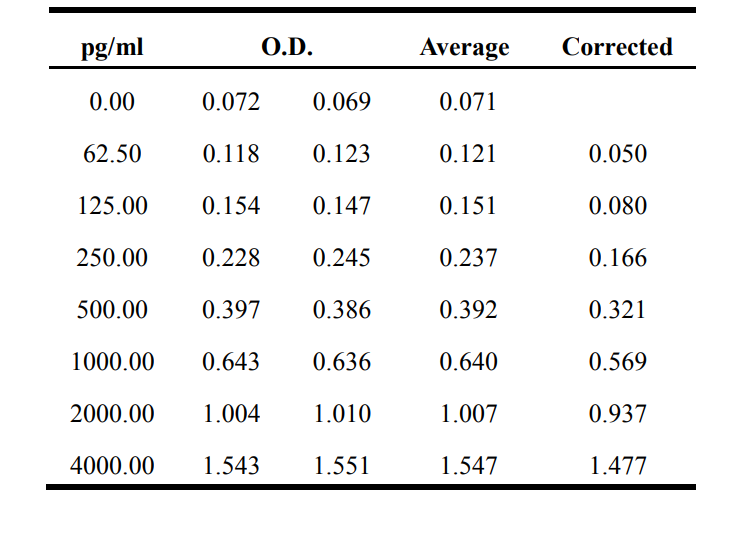

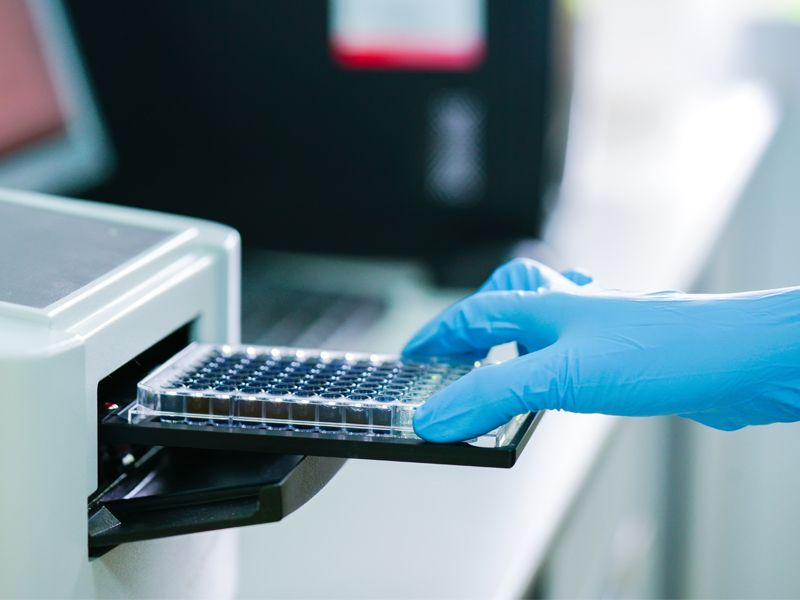
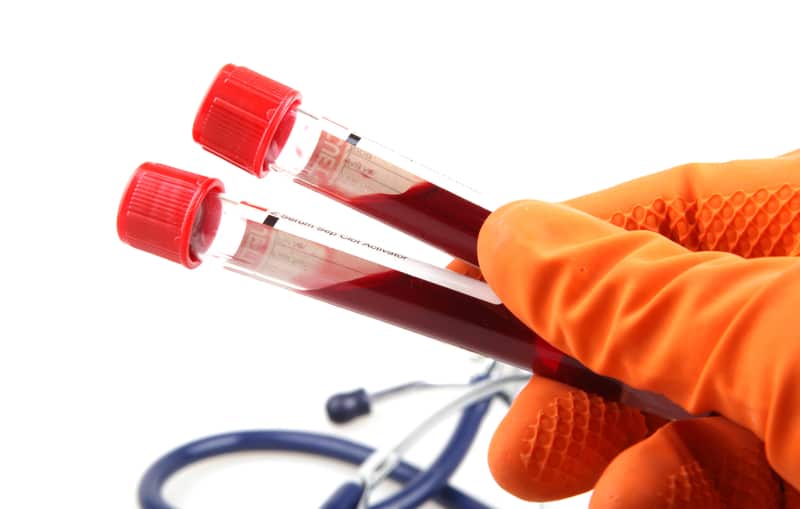
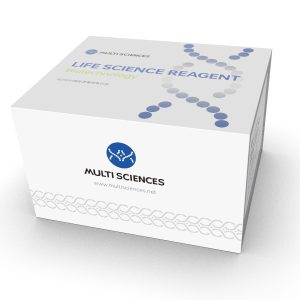
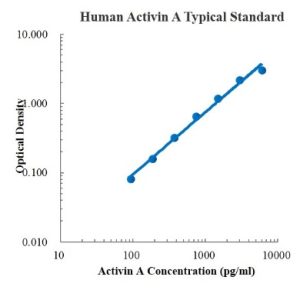
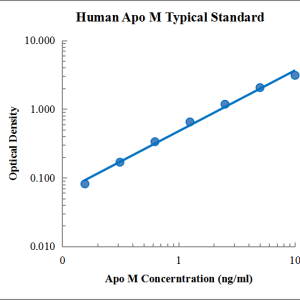
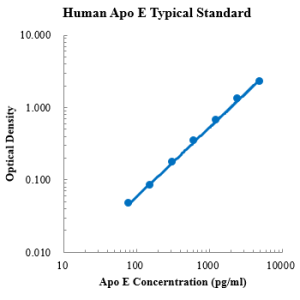
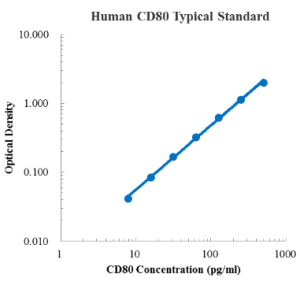
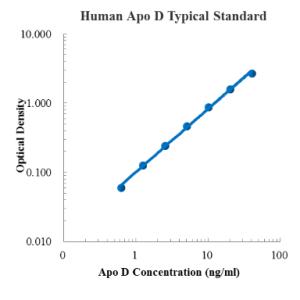
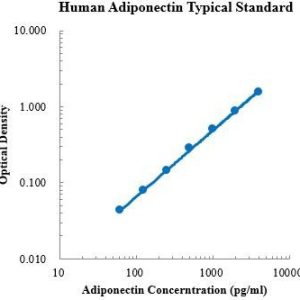
Reviews
There are no reviews yet.